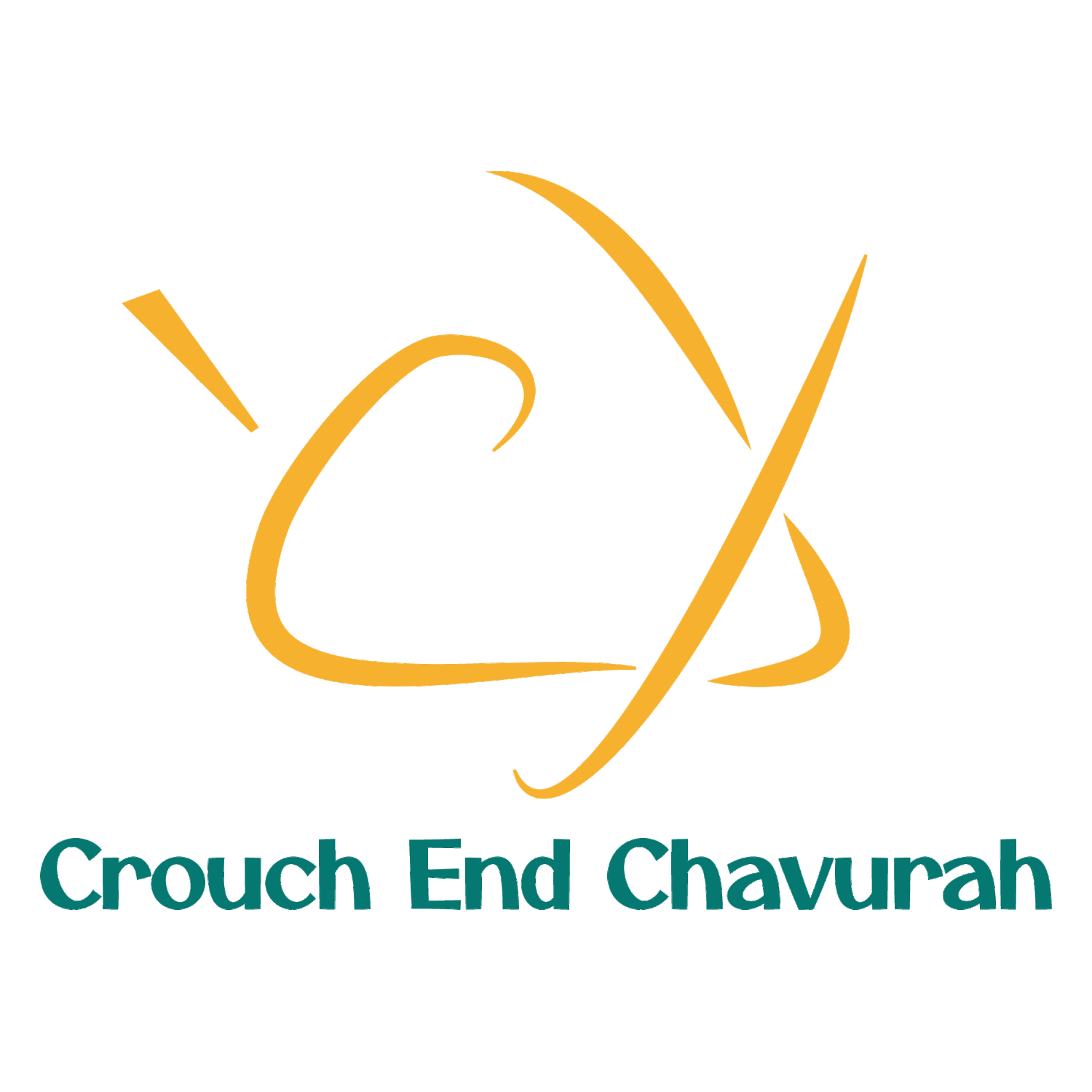Helping Hands - Parashat Eikev by Eleanor Davis
Eleanor Davis is a student rabbi and this piece first appeared on the Leo Baeck College website.
Among the action songs popular with children, ‘He’s Got the Whole World in His Hands’ has long been a favourite: among all the various actions for wind, rain, tiny babies and other people, the outlining of the ‘whole world’ is often a fun excuse to draw a wide enough circle to jostle the next child along before returning to a simple palms-upward gesture. Adults, however, might stop to consider what it means for the whole world to be in God’s hands: is it as simple as the globe being held between the Divine palms? What if it means that the whole world is somehow written on the palms of God’s hands, like the lines by which some believe you can read a person’s future?
Palmistry is today not exactly an accepted science, even when given the name chiromancy, but the practice of reading meaning into the lines and contours of a person’s hand has a long history, even within Judaism. “He seals the hand of every person, so that all people may know His work” (Job 37:7) has been interpreted as an early reference to palmistry, understanding ‘seals’ as equivalent to ‘imprints,’ like impressing a seal into wax. The idea that God’s plans for a person’s future can be read in their hands might never have been mainstream but it did persist, especially in Jewish mystical tradition. The Zohar (II, 76a) sees the lines on a person’s hand as corresponding to the stars and constellations; later mystical texts such as the Shoshanat Yaakov read everything from levels of piety to headache-susceptibility into the lines and mounds.
The idea of meaning written on the palms of one’s hands is taken to a Divine level in Isaiah. Progressive lectionaries often cut the verses from Isaiah 49 from the haftarah for Eikev, as the traditional selection makes a long reading, yet even the first three of the cut verses are a reasonable microcosm of the whole haftarah. Typically of the Haftarot of Consolation (of which this is the second), they cover the people’s despairing lament, God’s rebuff of their claims, and the comforting assurance of God’s faithfulness:
“Zion says, ‘The Eternal has forsaken me, my Lord has forgotten me.’ Can a woman forget her baby, or disown the child of her womb? Though she might forget, I never could forget you. See, I have engraved you on the palms of My hands (al-kappayim)…” (Isaiah 49:14-16)
Rashi amends this (following Targum Jonathan) to read ‘I see you as though you are engraved on My palms’ or draws on Job 36:32 to interpret kappayim as ‘clouds,’ either way avoiding uncomfortable anthropomorphism. Ibn Ezra insists on retaining it, perhaps suggesting to us a link between the haftarah and the Torah portion of Eikev, where “two tablets of stone [were] inscribed by the finger of God” (Deuteronomy 9:10).
If we too are willing to hold onto the anthropomorphism, we might discover extra meaning from its significance elsewhere. God’s palms can be instruments of retribution, whether cradling lightning bolts the better to target them accurately (Alter’s interpretation of Job 36:32) or squashing Adam back down to size, figuratively and literally, after he has eaten the forbidden fruit (Bavli Sanhedrin 38b, based on Psalm 139:5). More encouragingly, God’s palms are instruments of protective care, as we will read on Yom Kippur: “as My Presence passes by, I will put you in a cleft of the rock and shield you with My hand until I have passed by. Then I will take My hand away and you will see My back…” (Exodus 33:22-23). God has hands equally capable of punishing and protecting, and of containing the story of the world.
“See, I have engraved you (chakkotikh) on the palms of My hands,” says God in Isaiah 49, using the same language as Job’s wish, “O that my words were written down; would they were inscribed (v’yuchaku) in a record, incised on a rock forever with iron stylus and lead!” (Job 19:23-24). This is more than a casual scribble of ink that will rub away with time: this is a deep and enduring etching into the flesh. Yet this needn’t be made by an iron stylus: perhaps, like our own hands, the uses to which God’s hands are put create the etchings. Lines, particularly-developed muscles, and even calluses, all form as a result of what those hands do; in these anthropomorphic interactions, it is our lives that shape the contours of God’s hands.
Understanding the imagery of engraving God’s palms in this way might also encourage us to look forward to the Yamim Noraim, when we’ll consider how the story of our lives will be inscribed in the Book of Life. The whole world may be in God’s hands; we have our whole lives in our hands, whose contours we shape by whatever we choose to do or not do. Before we spread our hands in prayer on Rosh Hashanah, to read along with God the life written there, we still have a few weeks to change the inscription by our choices: are we setting our hands to harm or to heal the people and the world around us?
If we are tempted to despair, fearing that our efforts make no difference because no-one cares, Isaiah’s words reassure us that even when we feel abandoned, we are not forgotten: our lives so far are engraved on the palms of God’s hands, even as they hold us with loving care. May we all merit a good inscription.

